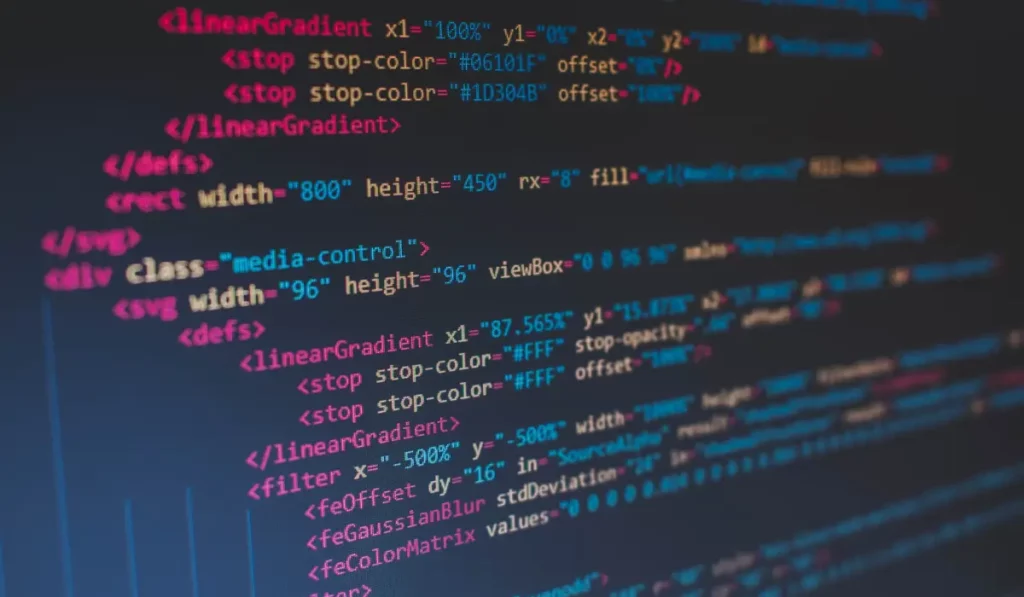In the ever-evolving landscape of technology, programming languages play a crucial role in shaping the way we build software applications, systems, and solutions. As we look ahead, certain programming languages stand out for their potential to dominate the future of coding. In this article, we delve into the top 10 programming languages of the future poised to shape technology and innovation.
Top 10 Programming Languages
As technology continues to evolve at a rapid pace, the choice of programming language plays a pivotal role in shaping the future of software development and innovation. While the landscape of programming languages is vast and diverse, the aforementioned languages stand out for their versatility, performance, and relevance across various domains. By mastering these languages and staying abreast of emerging trends and technologies, developers can position themselves at the forefront of the ever-changing tech landscape
Python:
Python continues to soar in popularity and versatility, making it a frontrunner in the realm of programming languages. Renowned for its simplicity, readability, and vast ecosystem of libraries and frameworks, Python is an excellent choice for a wide range of applications, including web development, data science, artificial intelligence, and automation.
JavaScript:
JavaScript remains a cornerstone of modern web development, powering interactive and dynamic user experiences across the internet. With the rise of frameworks like React, Angular, and Vue.js, JavaScript’s relevance is only expected to grow as web applications become increasingly sophisticated.
Rust:
Rust has gained traction for its emphasis on performance, memory safety, and concurrency. Developed by Mozilla, Rust is hailed for its ability to prevent common programming errors and facilitate the creation of reliable and efficient systems software, making it a promising language for the future of infrastructure, IoT, and embedded systems.
Go (Golang):
Go, commonly referred to as Golang, has surged in popularity due to its simplicity, concurrency support, and efficient compilation. Developed by Google, Go is well-suited for building scalable and resilient distributed systems, making it a preferred choice for cloud-native application development and microservices architecture.
TypeScript:
TypeScript, a superset of JavaScript, has gained traction for its static typing capabilities and tooling support, enabling developers to write safer and more maintainable codebases. With its growing adoption in frontend and backend development, TypeScript is poised to play a pivotal role in shaping the future of web development.
Kotlin:
Kotlin, endorsed by Google as an official language for Android development, has emerged as a compelling alternative to Java. Known for its concise syntax, null safety, and interoperability with existing Java codebases, Kotlin offers developers a seamless transition and enhanced productivity, particularly in the realm of mobile app development.
Swift:
Swift, developed by Apple, has rapidly gained popularity as the primary language for iOS and macOS app development. With its modern syntax, safety features, and performance optimizations, Swift empowers developers to build robust and intuitive applications, positioning it as a key player in the future of mobile development.
Julia:
Julia has garnered attention for its high-performance capabilities in scientific computing, numerical analysis, and machine learning. With its focus on speed, expressiveness, and ease of use, Julia is well-suited for tackling complex computational tasks and advancing research in fields such as data science, computational biology, and finance.
R:
R remains a dominant force in the realm of statistical computing and data analysis, owing to its extensive ecosystem of packages and libraries tailored for data manipulation, visualization, and modeling. Data-driven insights are enjoying the high demand to surge across industries. R is one of the main languages for analytics and data science.
Dart:
Dart, developed by Google, has gained prominence as the primary language for building cross-platform mobile and web applications with Flutter. With its reactive framework and hot reload feature, Dart enables developers to create visually stunning and performant applications, positioning it as a promising language for multi-platform development.
Also Read
Importance of Learning Programming Languages for Career Development
In today’s digital age, where technology permeates every aspect of our lives, learning programming languages has become more than just a skill—it’s a necessity for career advancement and professional growth. Whether you’re aiming for a career in software development, data science, cybersecurity, or even fields seemingly unrelated to technology, proficiency in programming languages can open doors to a myriad of opportunities. In this article, we delve into the importance of learning programming languages for career development and why it’s a wise investment in your future.
Adaptability in a Rapidly Evolving Job Market:
The job market is constantly evolving, with new technologies emerging and existing ones evolving at a breakneck pace. By learning programming languages, you equip yourself with the skills needed to adapt to these changes and stay relevant in a competitive job market. Whether it’s mastering a new framework or transitioning to a different programming paradigm, the ability to learn and apply programming languages is invaluable in navigating the ever-changing landscape of technology.
Versatility Across Industries and Domains:
Programming languages are not confined to the realm of software development alone. They are ubiquitous across various industries and domains. From finance to healthcare, from manufacturing to marketing, the ability to write code can enhance your capabilities and open doors to diverse career opportunities. Whether you’re analyzing data, automating repetitive tasks, or building innovative solutions, programming languages provide a powerful toolkit for tackling challenges across different sectors.
Empowerment to Innovate and Problem-Solve:
At its core, programming is about problem-solving and creativity. Learning programming languages empowers you to turn ideas into reality and tackle complex problems with elegant solutions. Whether you’re developing a mobile app, optimizing business processes, or conducting scientific research, proficiency in programming languages enables you to innovate and drive positive change in your organization and beyond.
Enhanced Analytical and Critical Thinking Skills:
Programming is more than just writing code; it’s about logic, reasoning, and attention to detail. By learning programming languages, you sharpen your analytical and critical thinking skills, honing your ability to break down problems into manageable components and devise effective solutions. These skills are highly transferrable and sought after in a wide range of professions, making programming proficiency a valuable asset in any career path.
Opportunities for Remote Work and Freelancing:
The rise of remote work and the gig economy has created ample opportunities for individuals with programming skills to work flexibly and autonomously. Whether you’re freelancing as a web developer, contributing to open-source projects, or building your software products, programming languages offer the freedom to work from anywhere in the world and pursue a career on your terms.
Also Read
End Words
In an increasingly digital world, learning programming languages is no longer just an option—it’s a strategic imperative for career development and professional success. Whether you’re embarking on a career in technology or seeking to enhance your skills in a non-technical field, proficiency in programming languages opens doors to a wealth of opportunities and empowers you to thrive in an ever-evolving job market. By investing time and effort in learning programming languages, you equip yourself with the tools and mindset needed to succeed in the digital age and beyond.







